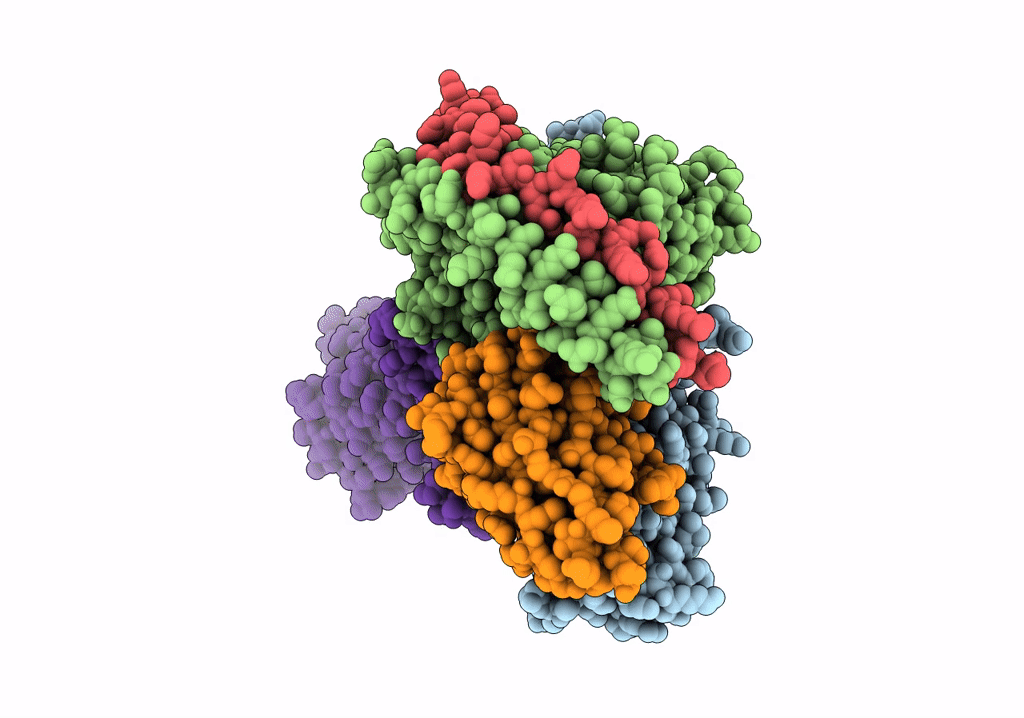
Deposition Date
2022-02-15
Release Date
2022-09-28
Last Version Date
2024-10-23
Entry Detail
Biological Source:
Source Organism:
Homo sapiens (Taxon ID: 9606)
Lama glama (Taxon ID: 9844)
Lama glama (Taxon ID: 9844)
Host Organism:
Method Details:
Experimental Method:
Resolution:
2.85 Å
Aggregation State:
3D ARRAY
Reconstruction Method:
SINGLE PARTICLE


